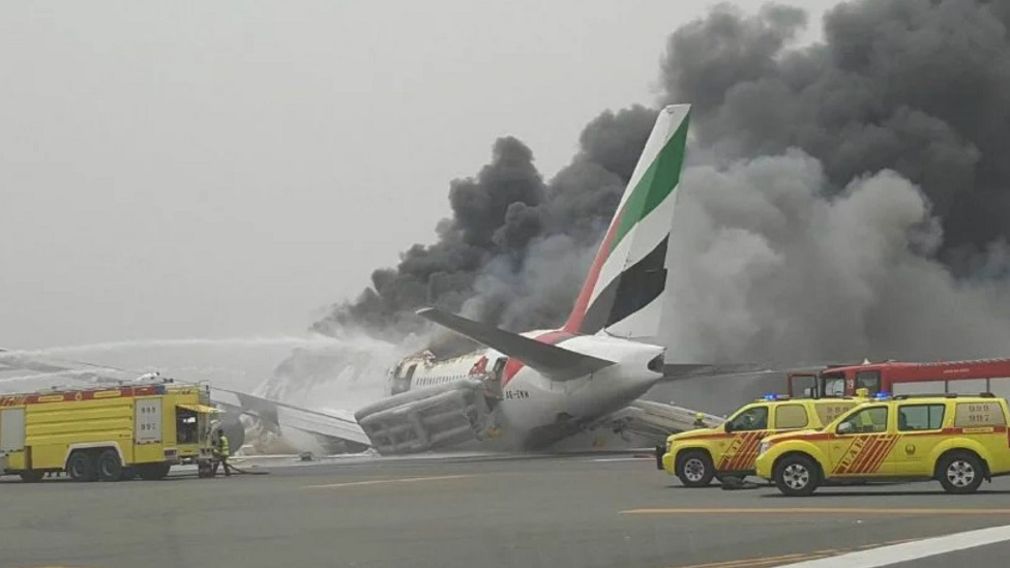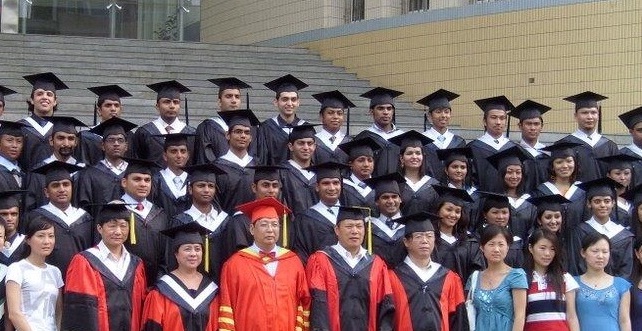 General John Campbell, commander of the Resolute Support Mission in Afghanistan, recently expressed concern about the increase in the Islamic State’s (IS) influence in the region, adding to the general speculation about the group’s presence in the country. An official IS chapter in “Khorasan” — the name it gives to this region — was also announced in January 2015.
General John Campbell, commander of the Resolute Support Mission in Afghanistan, recently expressed concern about the increase in the Islamic State’s (IS) influence in the region, adding to the general speculation about the group’s presence in the country. An official IS chapter in “Khorasan” — the name it gives to this region — was also announced in January 2015.
Despite such reports, there is no clarity on the extent of the IS’s presence in the region, or the threat it poses. Afghanistan President Ashraf Ghani is one among the many who have labelled the group a serious security threat.
However, there are also many who are sceptical of this perceived threat and consider the Taliban and the Pakistan military establishment to be more urgent concerns. The fact that no new group has emerged in the region — unlike in the 1990s, when Osama bin Laden and al-Qaeda had shifted their base to Afghanistan — has added to the confusion. The senior leadership of the IS remains rooted in the Middle East for now. There has not been a sudden influx of foreign fighters from there. Those in Afghanistan who claim allegiance to the IS are essentially the same set of actors who have been challenging the government in Kabul since 2001. For instance, the late Abdul Rauf Khadim, who was chosen as the deputy governor of the IS’s Khorasan chapter, was a former Afghan Taliban commander. The defections to the IS are best understood as a realignment of loyalties of the local militants.
This, however, should not mean that the IS threat be taken lightly. Recent developments in the region concerning the IS present an immediate challenge for Afghanistan and also have long-term implications for the world in general.
Using al-Qaeda’s expansion post-2001 as the reference point, certain parallels can be drawn to the current situation with the IS. Following the 9/11 attacks, al-Qaeda underwent a transformation. From a hierarchical organisation spearheading global jihad, it emerged as a flat organisation, content with providing ideological inspiration and commands to its local affiliates — one of which was the IS. Its regional allies used to carry out the actual terrorist activities in different parts of the world. In this manner, the core of al-Qaeda, despite being based in one place, was able to develop links with other groups and spread its influence to newer areas.
At that time, al-Qaeda’s reinvention was born of necessity. Given the mixed success of military operations against the IS in the Middle East, it may be too early to suggest that it might also be compelled to adopt a similar survival strategy. However, as it develops links with different groups beyond Iraq and Syria — in other parts of the Middle East, Afghanistan, Pakistan and certain regions of Africa — a platform may already be developing for the IS to spread its influence in future.
Besides this long-term threat, the growing defection of Taliban commanders to the IS is likely to pose a more immediate challenge for the reconciliation process in Afghanistan. The Taliban is not a monolithic organisation. A number of militants are unhappy with the direction the movement is taking, particularly with respect to the peace talks and prolonged absence of Mullah Omar from the scene. In the past, individuals who had fallen out of favour either retired or tried to pursue their objectives on their own, with limited success.
Other groups in the region, such as al-Qaeda and the Haqqani Network, despite their differences, continue to accept Mullah Omar as their supreme leader. However, the IS has shown no signs of following this precedent, with Abu Bakr al-Baghdadi calling Mullah Omar an illiterate warlord with no spiritual or political credibility. The IS provides an alternative for disgruntled and disenfranchised militants to rally around. Khadim, for instance, defected to the IS after reportedly falling out of favour with the senior Taliban leadership.
A number of other low- and mid-level Taliban fighters have also joined the IS. There are concerns that the younger, and more radical, Taliban militants may be more susceptible to defecting as the financial incentives and opportunities to continue challenging the state offered by the IS may outweigh the alienness of its brand of Islam.
Any progress in peace talks could consequently push the more extreme elements within the Taliban towards the IS. Conversely, the Taliban itself could adopt a more hardline approach to win back defectors, as indicated by its extremely brutal and violent spring offensive. Neither of these two scenarios bodes well for Kabul, or the region.
Author Profile
- India Writes Network (www.indiawrites.org) is an emerging think tank and a media-publishing company focused on international affairs & the India Story. Centre for Global India Insights is the research arm of India Writes Network. To subscribe to India and the World, write to editor@indiawrites.org. A venture of TGII Media Private Limited, a leading media, publishing and consultancy company, IWN has carved a niche for balanced and exhaustive reporting and analysis of international affairs. Eminent personalities, politicians, diplomats, authors, strategy gurus and news-makers have contributed to India Writes Network, as also “India and the World,” a magazine focused on global affairs.
Latest entries
 DiplomacyApril 23, 2024Resetting West Asia, re-booting the world, but not fast enough: T.S. Tirumurti
DiplomacyApril 23, 2024Resetting West Asia, re-booting the world, but not fast enough: T.S. Tirumurti India and the WorldApril 22, 2024India’s G20 Legacy: Mainstreaming Africa, Global South in global agenda
India and the WorldApril 22, 2024India’s G20 Legacy: Mainstreaming Africa, Global South in global agenda DiplomacyApril 10, 2024Diplomat-author Lakshmi Puri pitches for women power at LSR
DiplomacyApril 10, 2024Diplomat-author Lakshmi Puri pitches for women power at LSR India and the WorldApril 6, 2024UN envoy pitches to take India’s solutions to the world stage
India and the WorldApril 6, 2024UN envoy pitches to take India’s solutions to the world stage







